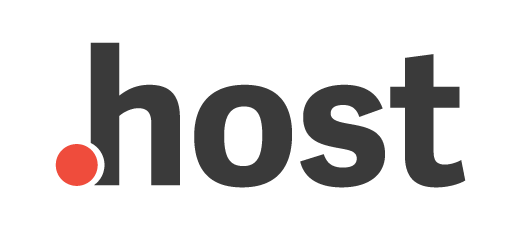Performers Manage Online Privacy
Performers tackle online privacy through specific techniques, such as securing accounts and handling social media interactions, to shield personal details from exposure and reduce risks from public platforms.
Simple Ways Performers Can Manage and Protect Their Online Privacy
Adopt two-factor authentication immediately across all platforms to block unauthorized access, reducing breach risks by up to 99% according to recent security analyses. Configure apps to limit data sharing by adjusting privacy settings in tools like social networks, where default options often expose location and contact details. Regularly audit connected devices and revoke permissions for unused apps, ensuring only necessary data flows occur.
Encrypt sensitive files using open-source tools such as VeraCrypt, which adds an extra layer of protection against data leaks during file transfers. Set up automated dirtyloveholes teens backups on secure external drives to maintain control over information, avoiding cloud reliance that can lead to exposure. Combine these steps with routine checks of account activity logs to spot and address suspicious patterns early.
Streamline communication by selecting apps that prioritize end-to-end encryption, like Signal, to keep exchanges confidential. Customize browser extensions for tracking prevention, blocking third-party cookies that track user behavior across sites. These focused actions help maintain boundaries and reduce vulnerability in everyday digital interactions.
Configuring Settings for Social Media Accounts
Examine Facebook options first: enter the main menu, select the gear icon, and choose visibility controls to limit post audiences to friends only, reducing unwanted access.
On Instagram, tap your profile icon, go to the three-dot menu, and switch the account to private mode so only approved followers see stories and feeds, curbing broader exposure.
For Twitter, click the profile picture, navigate to settings, and adjust tweet sharing preferences to protect replies and direct messages from public eyes, including blocking unknown users.
Regularly review these adjustments across platforms; for example, set expiration on shared photos in Snapchat or enable two-factor verification on LinkedIn to strengthen boundaries against potential intrusions.
Detecting and Addressing Unauthorized Data Sharing
Scan systems weekly using open-source tools like OSINT frameworks to identify exposed data endpoints and flag unusual outbound transfers.
Analyze network traffic patterns with packet capture software such as Wireshark, focusing on encrypted anomalies that indicate covert exfiltration.
Establish strict access controls, including role-based permissions, and audit them monthly to block unintended disclosures.
Upon detecting irregularities, isolate affected devices within minutes and deploy forensic analysis tools like Volatility to trace origins.
Collaborate with external experts for incident response, ensuring rapid patching of vulnerabilities through automated scripts.
Balancing Public Persona with Personal Privacy Needs
Create separate accounts for professional visibility and everyday interactions to limit exposure of intimate details.
Enable two-factor authentication on all platforms handling sensitive correspondence, reducing risks from breaches by an additional verification layer.
Adjust sharing controls in social networks to restrict audience access, such as limiting posts to approved contacts only.
Adopt VPN services during web browsing to mask IP addresses and protect location data from trackers.
Conduct weekly reviews of public postings and metadata to delete or edit elements that could reveal personal habits or locations.




